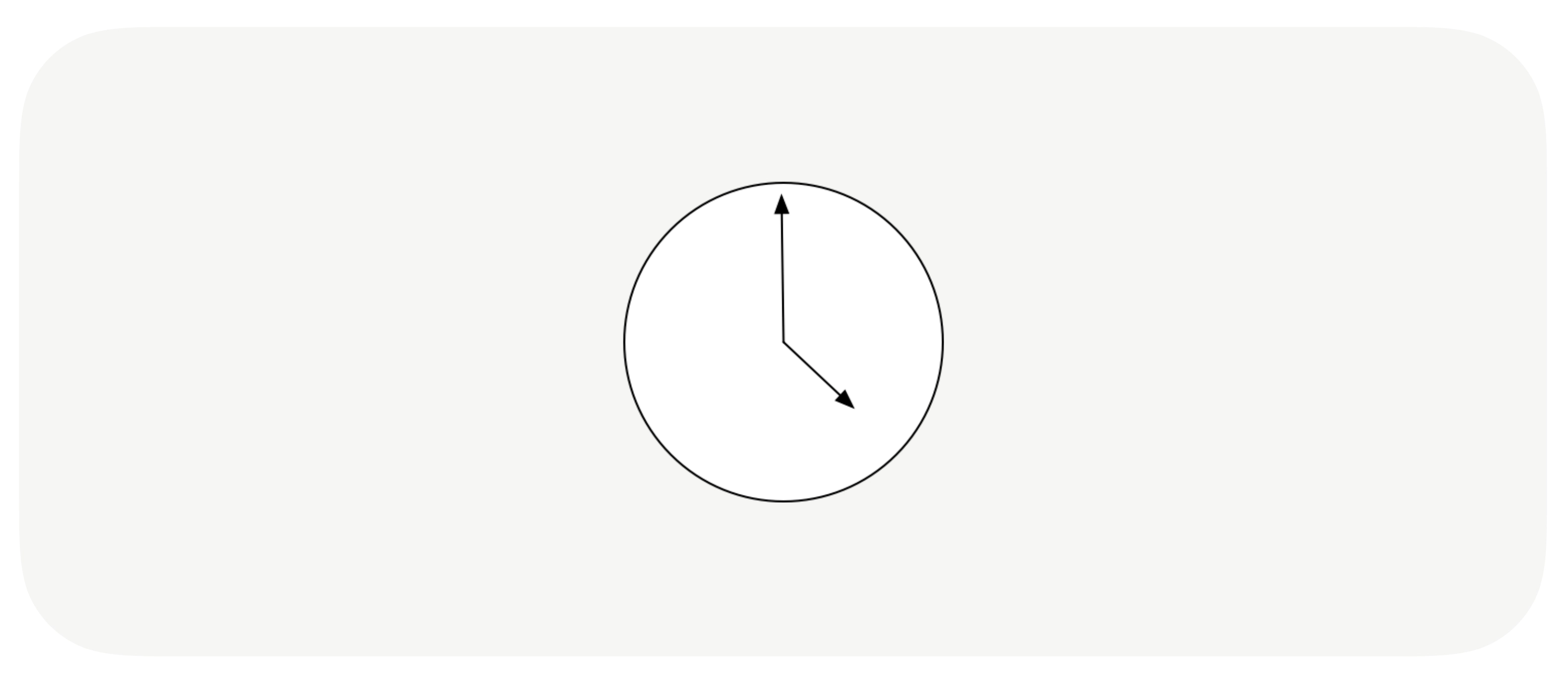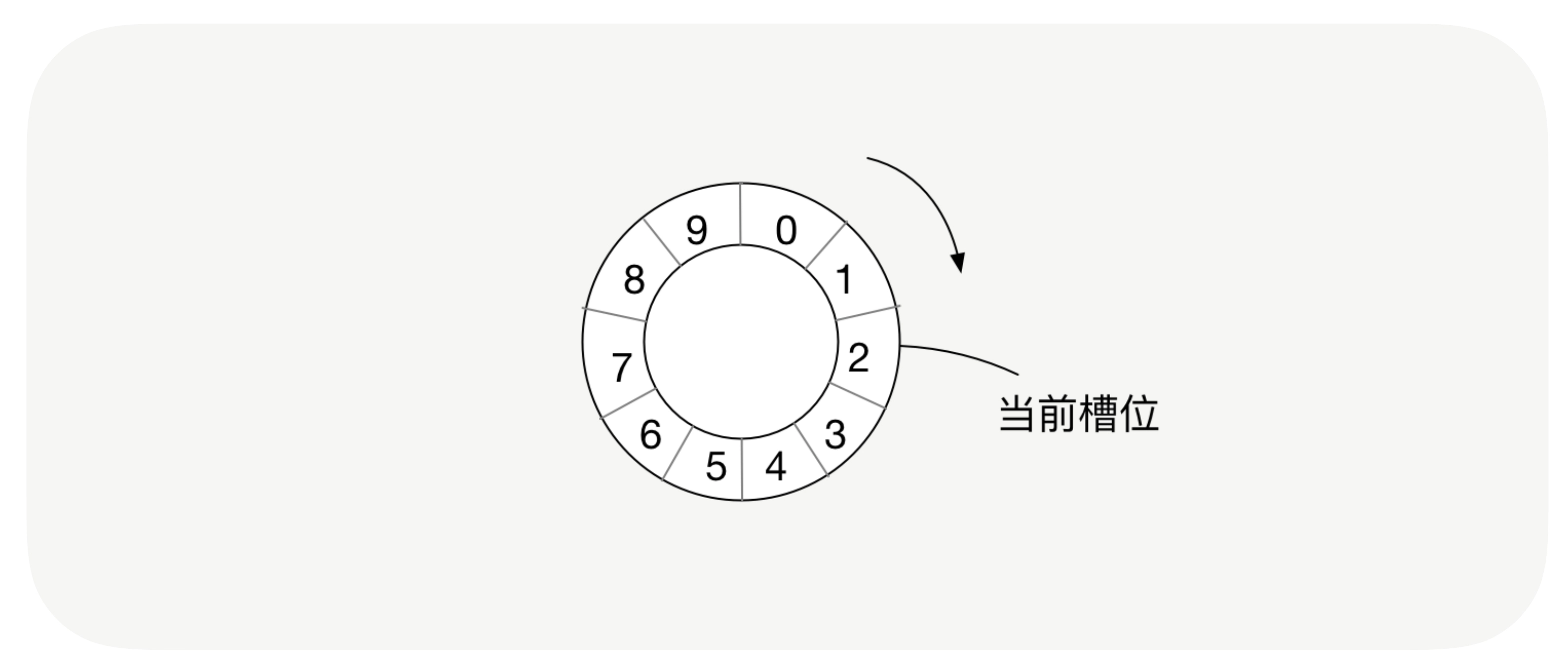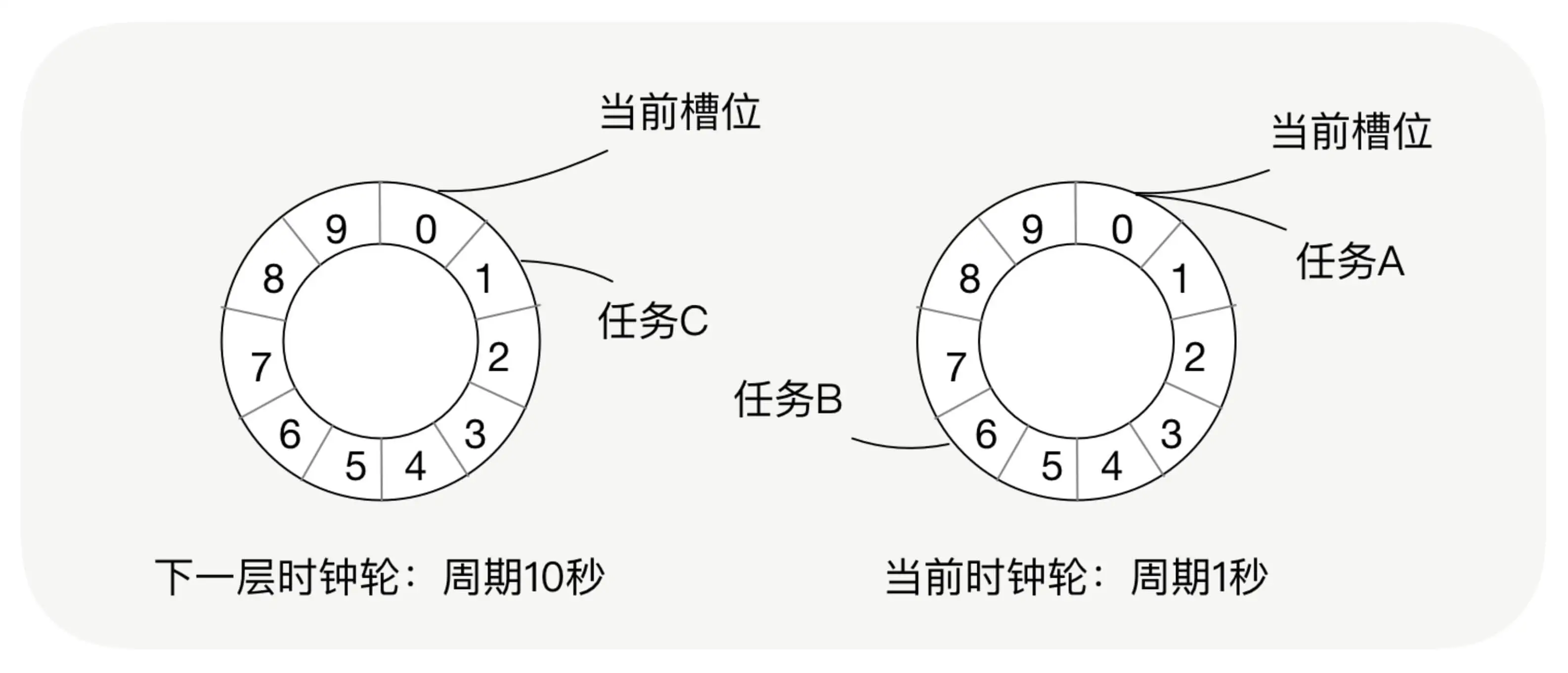当前位置:网站首页>Application of clock wheel in RPC
Application of clock wheel in RPC
2022-07-06 19:24:00 【Not just Chen】
Today's article introduces RPC How to use the clock wheel to achieve timed tasks , For example, the timeout processing of the caller 、 Timed heartbeat ....
What problems do timed tasks bring ?
Before explaining the clock wheel , Let's talk about scheduled tasks first . I believe you are in the process of development , Many scenarios use timed tasks , stay RPC It is also used in many places in the framework . Take the processing logic of the caller request timeout as an example , Let's take a look RPC The framework deals with timeout requests .
In the interpretation of the Future When I said : Whether synchronous or asynchronous , The internal implementation of the caller is asynchronous , The caller will create a before sending a message to the server Future, And store this message ID and this Future Mapping , When the server receives the message and processes it, it sends a response message to the caller , After receiving the message, the caller will find this... According to the unique ID of the message Future, And inject the results into this Future.
In the process , What if the server does not respond to the message to the caller in time ? How should the caller handle the timeout request ?
you 're right , You can use timed tasks . One at a time Future, We all record this Future The creation time of is the same as this Future Timeout for , And there is a scheduled task to detect , When this Future When the timeout is reached and not processed , That's what we're interested in Future Execute timeout logic .
How to realize the scheduled task ?
There is an implementation method like this , It's also the simplest . For every one created Future We all start a thread , after sleep, The processing logic that triggers the request timeout when the timeout time is reached .
This way , It's really simple , It can also be used in some scenarios , But the disadvantages are also obvious . Just like the one I just mentioned Future Examples of timeout processing , If we are faced with highly concurrent requests , A single machine sends tens of thousands of requests per second , The request timeout is set to 5 second , How many threads should we create to execute the timeout task ? exceed 10 000 threads , This figure is really scary .
Don't worry. , We have another implementation . We can use one thread to handle all scheduled tasks , Just now Future An example of timeout processing . Suppose we want to start a thread , This thread runs every 100 Millisecond will scan all processing Future Timed out tasks , When you find a Future It's overtime , We will carry out this task , For this Future Execute timeout logic .
We use this method most , It also solves the problem of too many threads in the first way , But in fact, it also has obvious disadvantages .
It is also a highly concurrent request , Then the thread of the scanning task is every 100 How many scheduled tasks should be scanned in milliseconds ? If the caller happens to be 1 Sent in seconds 1 Ten thousand requests , this 1 Ten thousand requests must be made in 5 Seconds before the timeout , So the scanning thread is in this 5 You'll be talking about this in seconds 1 Ten thousand tasks are scanned and traversed , Additional scanning 40 many times ( Every time 100 One millisecond scan ,5 Scan in seconds 50 Time ), It's a waste CPU.
When we use timed tasks , The problems it brings , Is to make CPU A lot of additional polling traversal operations are done , wasted CPU, This phenomenon occurs when there are many scheduled tasks , especially .
What is a clock wheel ?
This problem is not difficult to solve , We just have to find a way , Just reduce the additional scanning operations . For example, my scheduled tasks are 5 Seconds later , I am here 4.9 Seconds later, it starts scanning these scheduled tasks , This greatly saves CPU. Then we can use the mechanism of the clock wheel .
Let's first look at the clock we use in our life .
I'm familiar with it , A clock has an hour hand 、 Minute and second hands , After the second hand beats for a week , That is, beating 60 After a scale , The minute hand beats 1 Time , The minute hand beats 60 A scale , Walk one step clockwise .
The realization principle of the clock wheel refers to the principle of clock beating in life .
In the clock wheel mechanism , There are time slots and clock wheels , The time slot is the scale of the clock , And the clock wheel is equivalent to a cycle of second hand and minute hand , We will put each task in the corresponding time slot .
The operating mechanism of the clock wheel is the same as that of the clock in life , Every fixed unit time , It will jump from one time slot to the next time slot , This is equivalent to our second hand beating once ;
The clock wheel can be divided into multiple layers , The unit time of each slot in the next layer clock wheel is the time of the whole cycle of the current time wheel , This is equivalent to 1 Minutes equal to 60 Second ; At that time, after the clock wheel beats all the slots of a cycle , It will take out a slot from the next clock wheel , Redistribute to the current clock wheel , The current clock wheel starts from 0 The groove starts beating again , This is equivalent to the... Of the next minute 1 second .
In order to facilitate you to understand the operating mechanism of the clock wheel , Let's use a scenario example to simulate , Let's watch this scene .
Suppose our clock wheel has 10 Slots , And the cycle of the clock round is 1 second , So the unit time of each slot is 100 millisecond , And the cycle of the next time wheel is 10 second , The unit time of each slot is 1 second , And the current clock wheel has just been initialized , That is the first. 0 jump , At present, it's in the second 0 Slots .
good , Now we have 3 A mission , They are tasks A(90 In milliseconds )、 Mission B(610 In milliseconds ) And task C(1 second 610 In milliseconds ), We will 3 Add a task to the clock wheel , Mission A Put in the second place 0 Slot position , Mission B Put in the second place 6 Slot position , Mission C Put on the next level of the time wheel 1 Slot position , As shown in the picture below .
When tasks A Just put into the clock wheel , It was immediately executed , Because it was placed in the 0 Slot position , The current time round just jumps to 0 Slot position ( Actually, it hasn't started beating yet , Status is No 0 jump );600 In milliseconds , The time wheel has been carried out 6 jump , The current slot is 6 Slot position , The first 6 All tasks in the slot are taken out and executed ;1 Seconds later , The... Of the current clock wheel 9 The jump is over , A new beginning 0 jump , At this time, the next clock wheel starts from 0 Jump to the 1 jump , Will be the first 1 Take out the task of slot , Distributed to the current clock wheel , Then the task C Take it out of the clock wheel of the next layer and put it in the... Of the current clock wheel 6 Slot position ;1 second 600 In milliseconds , Mission C Be performed .
After watching this scene , I believe you have understood the mechanism of the clock wheel . In this case , The scanning cycle of the clock wheel is still 100 millisecond , But the task has not been scanned repeatedly , It perfectly solves CPU The problem of waste .
This mechanism is not difficult to understand , But it is still very difficult to realize , There are also many problems to pay attention to .
Where is the clock wheel RPC Application in
Through the explanation of the clock wheel just now , I believe you can see , It is used to perform scheduled tasks , Can say in RPC As long as timing related operations are involved in the framework , We can use the clock wheel .
that RPC In which function implementation will the framework use it ?
The caller request timeout processing I just mentioned for example , Here we can apply it to the clock wheel , Every time we send a request , Create a timed task to handle request timeout and put it in the clock wheel , In high concurrency 、 In the case of high traffic , The clock wheel only poll the tasks in one time slot at a time , This will save a lot of CPU.
The startup timeout of the caller and the server can also be applied to the clock wheel , Take the caller as an example , Suppose we want to make the application deploy quickly , for example 1 In minutes , If exceeded 1 Minutes, start failed . We can create a scheduled task to handle the startup timeout when the caller starts , Put it in the clock wheel .
besides , What else can you think of RPC Where can the frame be applied to the clock wheel ? And regular heartbeat .RPC The framework caller sends heartbeat to the server regularly , To maintain connectivity , We can encapsulate the heartbeat logic as a heartbeat task , Put it in the clock wheel .
At this time, you may have a question , The heartbeat is repeated regularly , The task in the clock wheel is removed once it is executed , How do we deal with this kind of timing task that needs to be repeated ? At the end of the execution logic of the scheduled task , We can reset the execution time of this task , Throw it back into the clock wheel .
summary
Today we mainly talk about the mechanism of the clock wheel , And the clock wheel is RPC Application in the framework
This mechanism solves the problem of , Because each task creates a thread , Resulting in the problem of creating too many threads , And a thread scans all scheduled tasks , Give Way CPU Do a lot of extra polling traversal operations and waste CPU The problem of .
The implementation mechanism of the clock wheel is to simulate the clock in real life , Put each scheduled task on the corresponding time slot , This can reduce the additional traversal of other time slot timing tasks when scanning tasks .
In the use of time wheel , There are some problems that need your extra attention :
The shorter the unit time of the time slot , The more precise the time wheel triggers the task . For example, the unit time of the time slot is 10 millisecond , Then the time error of executing the scheduled task is 10 In milliseconds , If it is 100 millisecond , So the error is 100 In milliseconds The more slots of the time wheel , Then the probability of a task being scanned repeatedly is smaller , Because only the tasks in the multi-layer clock wheel will be scanned repeatedly . For example, the slot of a time wheel has 1000 individual , The unit time of a slot is 10 millisecond , Then the unit time of a slot in the next time wheel is 10 second , exceed 10 The second timed task will be put into the next time wheel , That is, only more than 10 The second timed task will be scanned and traversed twice , But if the slot is 10 individual , So over 100 Millisecond task , It will be scanned and traversed twice .
Combined with these characteristics , We can depend on the specific business scenario , Set the cycle of the clock wheel and the number of time slots .
stay RPC In the frame , As long as it involves scheduled tasks , We can all use the clock wheel , A typical example is the timeout processing at the caller 、 The startup timeout and timed heartbeat of the caller and the server .
This paper is written by mdnice Multi platform Publishing
边栏推荐
- 黑馬--Redis篇
- R语言ggplot2可视化:使用ggpubr包的ggstripchart函数可视化分组点状条带图(dot strip plot)、设置add参数为不同水平点状条带图添加箱图
- 驼峰式与下划线命名规则(Camel case With hungarian notation)
- LeetCode-1279. Traffic light intersection
- R语言ggplot2可视化时间序列柱形图:通过双色渐变配色颜色主题可视化时间序列柱形图
- 助力安全人才专业素养提升 | 个人能力认证考核第一阶段圆满结束!
- [translation] a GPU approach to particle physics
- MRO industrial products enterprise procurement system: how to refine procurement collaborative management? Industrial products enterprises that want to upgrade must see!
- Graffiti intelligence is listed on the dual main board in Hong Kong: market value of 11.2 billion Hong Kong, with an annual revenue of 300 million US dollars
- R语言dplyr包进行数据分组聚合统计变换(Aggregating transforms)、计算dataframe数据的分组均值(mean)
猜你喜欢

Characteristic colleges and universities, jointly build Netease Industrial College

RT-Thread 组件 FinSH 使用时遇到的问题

AutoCAD - what is the default lineweight for centerline drawing and CAD? Can I modify it?

JDBC详解
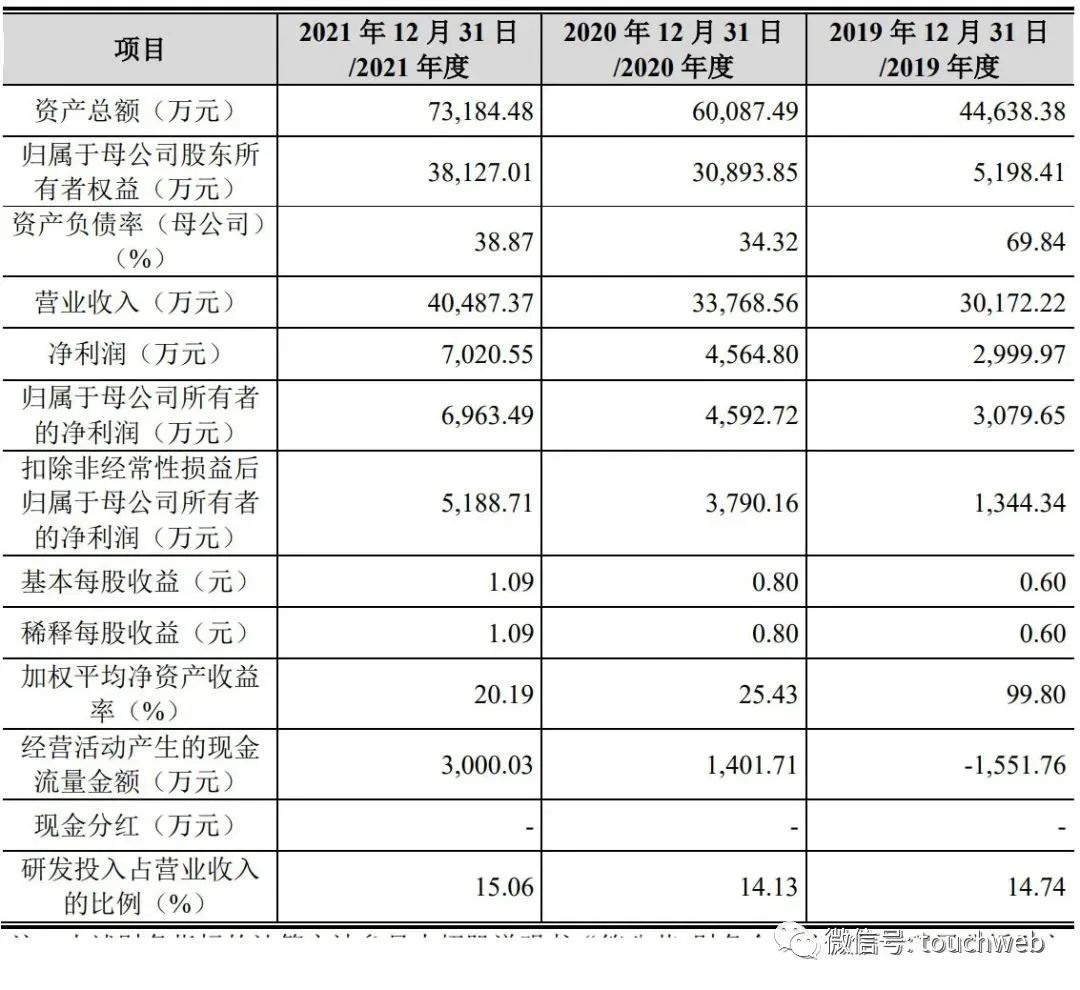
Lucun smart sprint technology innovation board: annual revenue of 400million, proposed to raise 700million
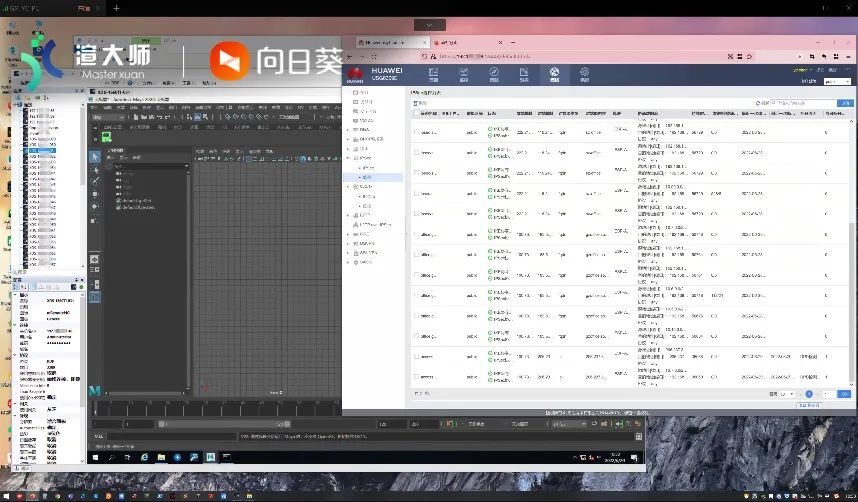
Master Xuan joined hands with sunflower to remotely control enabling cloud rendering and GPU computing services
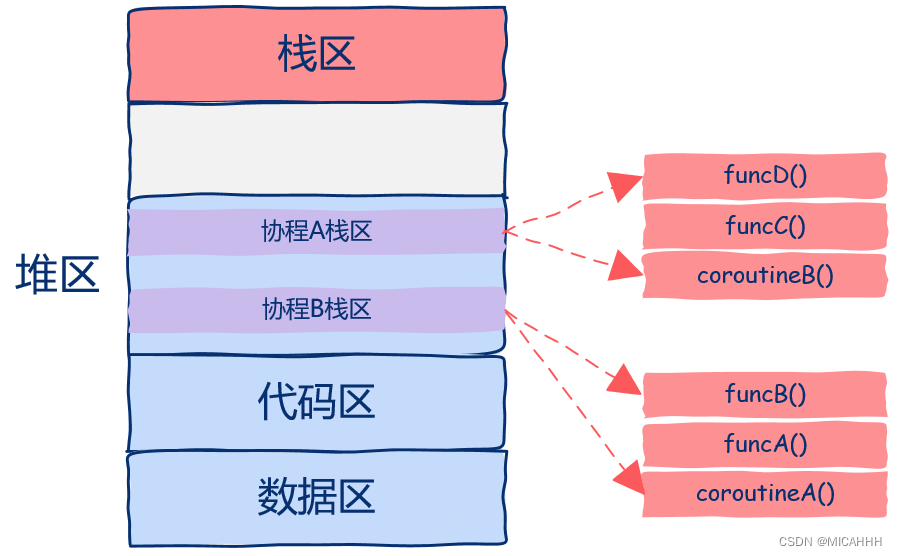
通俗的讲解,带你入门协程
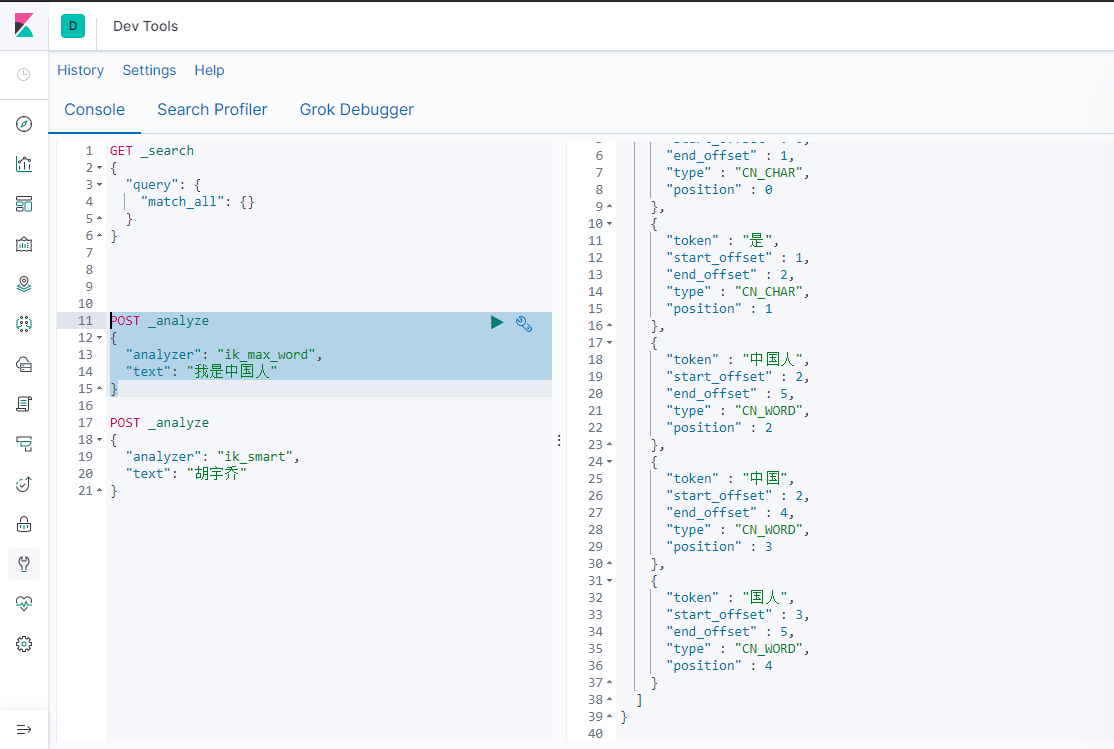
谷粒商城--分布式高级篇P129~P339(完结)
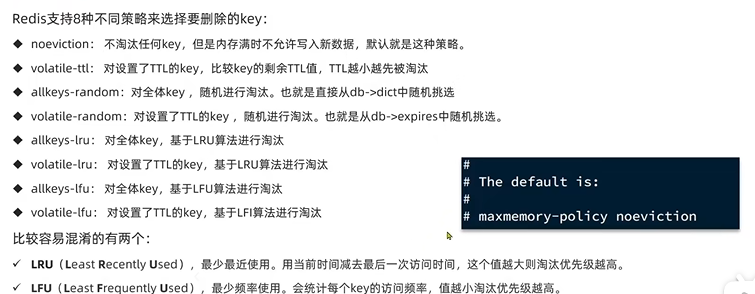
Black Horse - - Redis Chapter

Mysql Information Schema 学习(一)--通用表
随机推荐
Swagger2 reports an error illegal DefaultValue null for parameter type integer
Problems encountered in using RT thread component fish
USB host driver - UVC swap
主从搭建报错:The slave I/O thread stops because master and slave have equal MySQL serv
Fast power template for inverse element, the role of inverse element and example [the 20th summer competition of Shanghai University Programming League] permutation counting
应用使用Druid连接池经常性断链问题分析
Tongyu Xincai rushes to Shenzhen Stock Exchange: the annual revenue is 947million Zhang Chi and Su Shiguo are the actual controllers
The slave i/o thread stops because master and slave have equal MySQL serv
R language ggplot2 visualization: use ggviolin function of ggpubr package to visualize violin diagram
Yutai micro rushes to the scientific innovation board: Huawei and Xiaomi fund are shareholders to raise 1.3 billion
10 schemes to ensure interface data security
思维导图+源代码+笔记+项目,字节跳动+京东+360+网易面试题整理
About image reading and processing, etc
Excel 中VBA脚本的简单应用
How to type multiple spaces when editing CSDN articles
安装Mysql报错:Could not create or access the registry key needed for the...
R语言使用rchisq函数生成符合卡方分布的随机数、使用plot函数可视化符合卡方分布的随机数(Chi Square Distribution)
Elastic search indexes are often deleted [closed] - elastic search indexes gets deleted frequently [closed]
第五期个人能力认证考核通过名单公布
Mysql Information Schema 学习(一)--通用表
